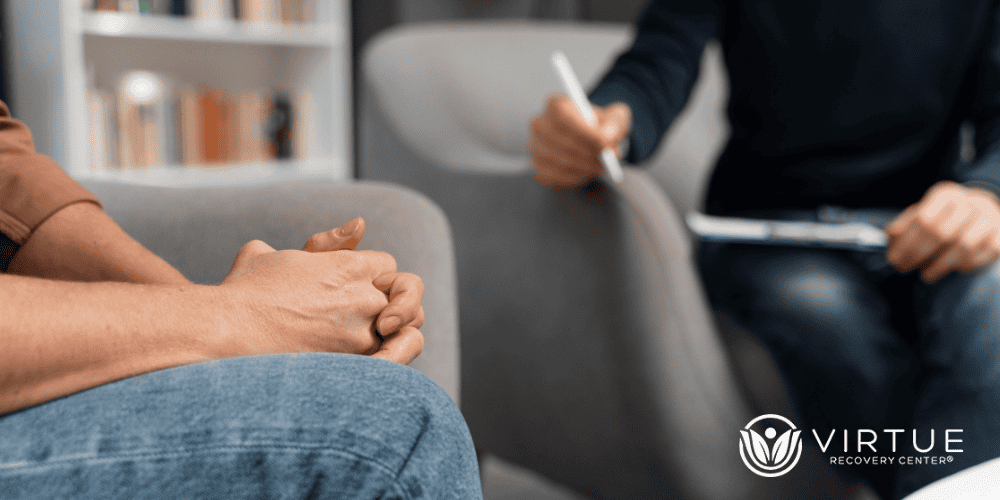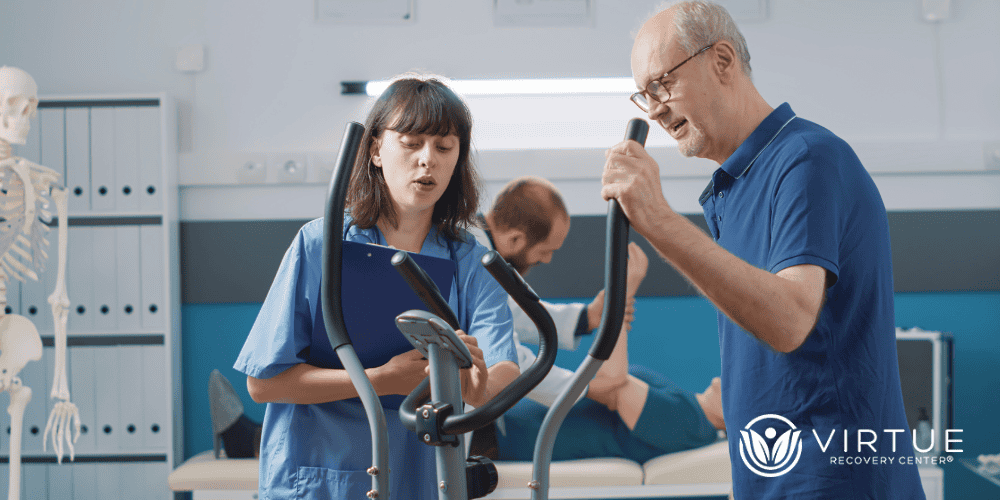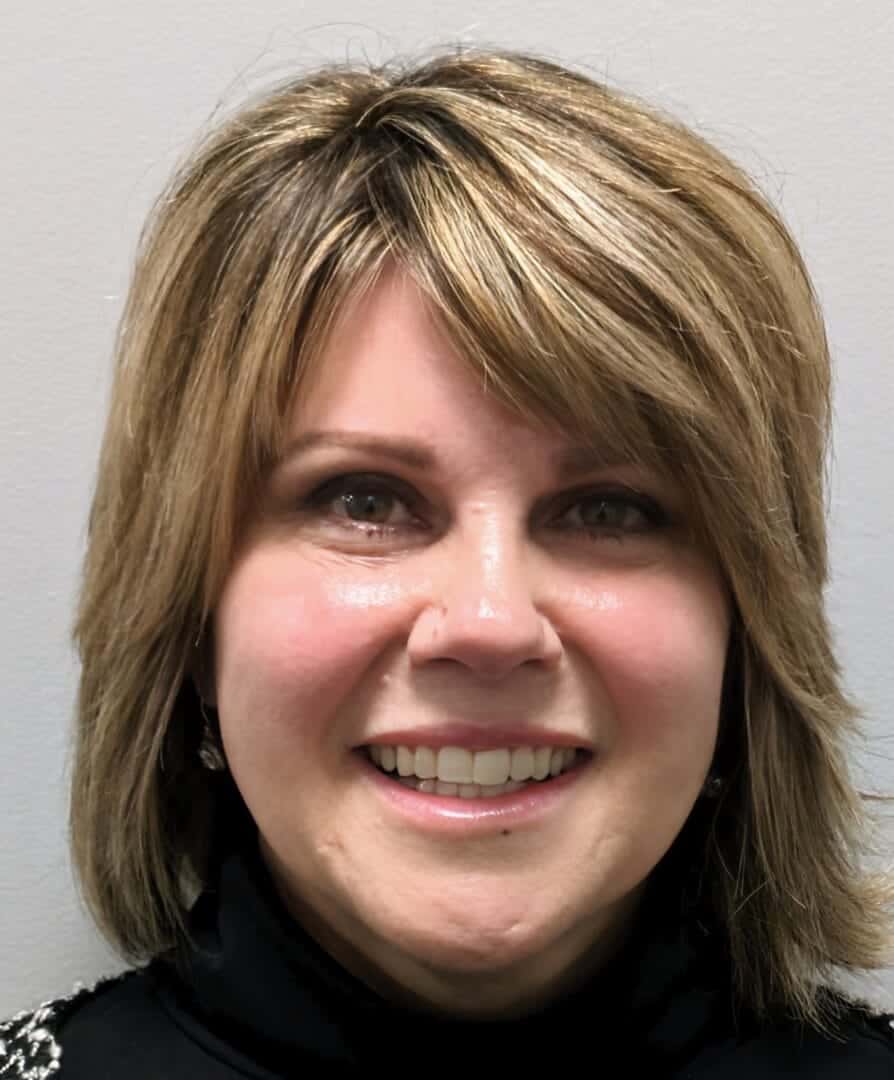Key Takeaways
- Aftercare plays a crucial role in preventing relapse after completing treatment.
- A rehabilitation center in Chandler provides structured support, including therapy, group sessions, and relapse prevention tools.
- Long-term recovery from OxyContin addiction depends on ongoing care that addresses physical, emotional, and social challenges.
- Aftercare often combines therapy, lifestyle adjustments, and community support.
Introduction
Recovering from OxyContin addiction is a journey that doesn’t end when someone completes a residential program or medical detox. While these treatments provide the foundation for healing, the real test begins once individuals return to daily life, where old triggers and stressors resurface. This is where aftercare becomes essential. A rehabilitation center in Chandler not only guides clients through the initial phases of recovery but also emphasizes aftercare as a key component of long-term success. The focus is on equipping clients with the tools, skills, and support networks necessary to sustain recovery well beyond treatment.Why Aftercare Matters in OxyContin Recovery?
OxyContin, a powerful opioid, has a high potential for dependence and relapse. According to research published in Drug and Alcohol Dependence, relapse rates for opioid addiction are particularly high without structured follow-up care. Withdrawal symptoms, lingering cravings, and environmental triggers can persist for months. Aftercare provides a structured plan to help individuals navigate these challenges, ensuring they do not feel abandoned once they leave formal treatment.
Core Elements of Aftercare in OxyContin Recovery
1. Continued Therapy
Therapy remains an anchor in recovery. Many individuals benefit from one-on-one counseling sessions where they can explore emotional triggers, build coping strategies, and track progress. In addition, participating in group therapy provides peer support, allowing individuals to connect with others who understand the struggles of addiction.2. Relapse Prevention Planning
Relapse prevention is more than just avoiding drugs; it’s about understanding personal triggers, creating healthier routines, and having a plan in place when cravings strike. Studies, such as those from the National Institutes of Health, show that individuals with structured relapse prevention training have better long-term outcomes.3. Residential Program Transition Support
For clients completing an intensive residential program, aftercare ensures that the transition back to independent living is smoother. This may include step-down programs, sober living homes, or scheduled check-ins with care providers.4. Support Groups and Community Connections
Aftercare often includes linking clients with support groups such as NA (Narcotics Anonymous) or other community-based programs. These connections create accountability and reinforce a sense of belonging, both of which are vital for recovery.5. Lifestyle and Wellness Strategies
Recovery is not only about abstaining from substances, it’s about building a fulfilling, healthy life. Aftercare programs often encourage physical fitness, balanced nutrition, mindfulness practices, and other wellness activities that reduce stress and promote resilience.The Role of Addiction Treatment Therapy Services in Aftercare
A comprehensive aftercare plan often integrates addiction treatment therapy services to provide continuous emotional and psychological support. These services may involve cognitive-behavioral therapy (CBT), trauma-informed care, or family therapy sessions. Addressing the root causes of addiction while also supporting loved ones helps create a stable and supportive environment for recovery.
Research on Aftercare Effectiveness
Studies confirm that aftercare can significantly reduce the risk of relapse. A report from the U.S. Department of Justice highlights how individuals leaving opioid treatment programs without aftercare face higher rates of relapse and criminal activity. In contrast, those with structured follow-up care demonstrate stronger recovery outcomes, better reintegration into society, and improved mental health stability.The Human Side of Aftercare
Beyond statistics, aftercare provides a lifeline of encouragement and accountability. Many people describe the first months post-treatment as the most vulnerable period. Having access to therapists, support groups, and recovery peers helps reduce feelings of isolation. For some, even a single weekly check-in with a counselor can make the difference between relapse and sustained sobriety. Aftercare is personalized. Clients collaborate with their treatment team to design a personalized plan that meets their unique needs, whether it involves ongoing therapy, peer support, or lifestyle coaching. This individualized approach ensures that aftercare is not one-size-fits-all but rather an adaptable framework for lasting recovery.YouTube Resource: Expanding Recovery Possibilities
For those exploring modern aftercare strategies, the video “Revolutionize Your Recovery: Advanced Drug Rehab Solutions” at Virtue Recovery Center offers valuable insights into how aftercare integrates with cutting-edge rehabilitation methods.Conclusion
OxyContin recovery is not a quick process; it requires dedication, ongoing effort, and support well beyond the initial phase of treatment. Aftercare ensures that individuals have the tools, community, and professional guidance they need to maintain their sobriety and rebuild fulfilling lives. At Virtue Recovery Chandler, aftercare is woven into the recovery journey from day one. By combining therapy, relapse prevention planning, and lifestyle support, clients establish a solid foundation for lasting healing. If you or someone you love is seeking help, reach out to Virtue Recovery Chandler or call 866-338-5779 today.How Does Aftercare Support Relapse Prevention for Adults in Social Isolation During OxyContin Recovery?
Aftercare support is crucial for adults recovering from OxyContin addiction, especially during periods of social isolation. Implementing effective strategies for oxycontin relapse management during isolation helps individuals maintain their sobriety. These strategies can include regular check-ins, virtual support groups, and personalized coping techniques to navigate feelings of loneliness and stress.
FAQs About Aftercare in OxyContin Recovery
What is the most important part of aftercare?
Consistency. Regular therapy sessions, support groups, and check-ins provide structure and accountability, which are key to long-term recovery.How long does aftercare last?
Aftercare varies for each individual. Some may participate for six months, while others engage in ongoing care for several years to maintain stability.Can aftercare prevent relapse completely?
While no program can guarantee zero risk, aftercare significantly lowers relapse chances by providing tools, strategies, and ongoing support.Is family included in aftercare programs?
Yes, many aftercare plans involve family therapy or education to help loved ones support recovery while addressing their own emotional needs.Do all rehabilitation centers offer aftercare?
Not all do, which is why choosing a comprehensive rehabilitation center in Chandler is crucial for complete recovery support.Resources
-
- The controversy surrounding OxyContin abuse: issues and solutions, 2005 https://pmc.ncbi.nlm.nih.gov/articles/PMC1661612/
-
- OxyContin, Fast Facts, 2006, https://www.justice.gov/archive/ndic/pubs6/6025/index.htm








